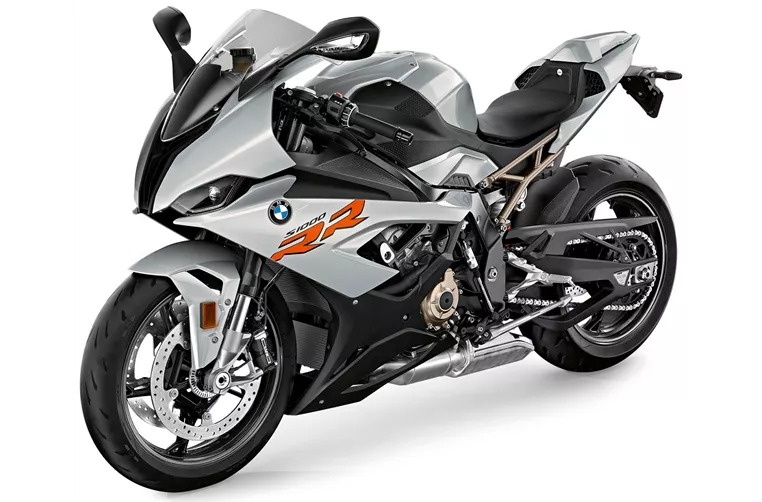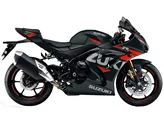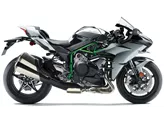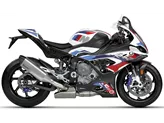BMW S 1000 RR 2020 vs. Suzuki GSX-R 1000 2017
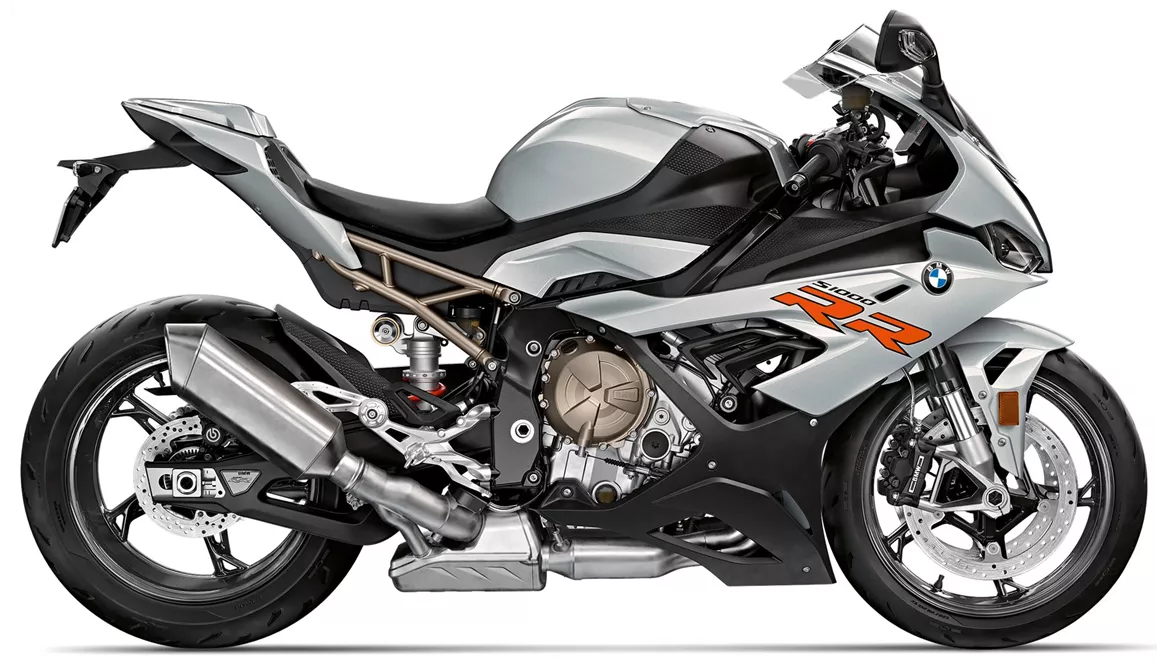
BMW S 1000 RR 2020

Suzuki GSX-R 1000 2017
Přehled - BMW S 1000 RR 2020 vs Suzuki GSX-R 1000 2017
The BMW S 1000 RR 2020 and the Suzuki GSX-R 1000 2017 are both powerful supersport motorcycles with similar engine types, displacements, and configurations. However, there are notable differences in their technical specifications and performance.
Starting with the engine, the BMW S 1000 RR 2020 is equipped with an inline 4-cylinder engine with a bore of 80 mm and a stroke of 49.7 mm. It produces an impressive 207 horsepower and 113 Nm of torque. The compression ratio is 13.3, and it has a throttle bore of 48 mm. On the other hand, the Suzuki GSX-R 1000 2017 also features an inline 4-cylinder engine but with a slightly smaller bore of 76 mm and a longer stroke of 55.1 mm. It generates 202 horsepower and 118 Nm of torque, with a compression ratio of 13.2 and a throttle bore of 46 mm.
In terms of suspension, both motorcycles have upside-down telescopic forks in the front and swing arm suspension with a monoshock in the rear. However, the BMW S 1000 RR 2020 has larger front fork diameter of 45 mm compared to the Suzuki GSX-R 1000 2017's 43 mm. Both suspensions offer adjustment options for compression, preload, and rebound. The rear suspension of both bikes is made of aluminum.

BMW S 1000 RR 2020
When it comes to the chassis, both motorcycles feature aluminum frames. The BMW S 1000 RR 2020 has a twin tube, load-bearing engine frame type, while the Suzuki GSX-R 1000 2017 has a twin tube, twin-spar frame type. The rake and trail measurements are similar, with the BMW having a rake of 66.9 degrees and a trail of 93.9 mm, and the Suzuki having a rake of 66.8 degrees and a trail of 95 mm.
In terms of braking, both motorcycles have double disk brakes in the front with a diameter of 320 mm. The BMW S 1000 RR 2020 uses hydraulic actuation and radial technology, while the Suzuki GSX-R 1000 2017 also uses hydraulic actuation and adds monoblock technology for enhanced performance.
Both motorcycles come with advanced rider assistance systems such as ABS, riding modes, and traction control. The BMW S 1000 RR 2020 also includes additional features like launch control, ride by wire, and a quickshifter.
In terms of dimensions and weights, both motorcycles have the same front and rear tire widths and diameters. The BMW S 1000 RR 2020 has a slightly longer wheelbase of 1441 mm compared to the Suzuki GSX-R 1000 2017's 1410 mm. The seat height is also slightly different, with the BMW having a seat height of 824 mm and the Suzuki having a seat height of 825 mm. The BMW S 1000 RR 2020 weighs 197 kg (with ABS) and has a fuel tank capacity of 16.5 liters, while the Suzuki GSX-R 1000 2017 weighs 202 kg (with ABS) and has a fuel tank capacity of 17.5 liters.

Suzuki GSX-R 1000 2017
In terms of strengths, the BMW S 1000 RR 2020 offers a very linear power delivery, wide rev range, and excellent control. Its ShiftCam technology provides ample pressure in the lower rev range. It also has an outstanding DDC suspension system, a top-notch electronics package, and offers a harmonious overall package for both road and track use. On the other hand, the Suzuki GSX-R 1000 2017 is praised for its high-revving engine, stable cornering, and radius performance, great quickshifter, high-quality chassis, and exceptional performance on fast tracks.
As for weaknesses, the BMW S 1000 RR 2020 is criticized for lacking a bit of character compared to other competitors and lagging behind on the spec sheet in direct comparison. The Suzuki GSX-R 1000 2017's only weakness mentioned is the lack of adjustable engine brake.
In conclusion, both the BMW S 1000 RR 2020 and the Suzuki GSX-R 1000 2017 are powerful supersport motorcycles with their own strengths and weaknesses. The BMW offers a more controllable and precise riding experience with its linear power delivery and advanced electronics package, while the Suzuki excels in high-revving performance and stability on the track. Ultimately, the choice between these two motorcycles will depend on the rider's preferences and priorities.
Technické údaje BMW S 1000 RR 2020 ve srovnání s Suzuki GSX-R 1000 2017
Výhody a nevýhody ve srovnání
Výhody a nevýhody ve srovnání
BMW S 1000 RR 2020
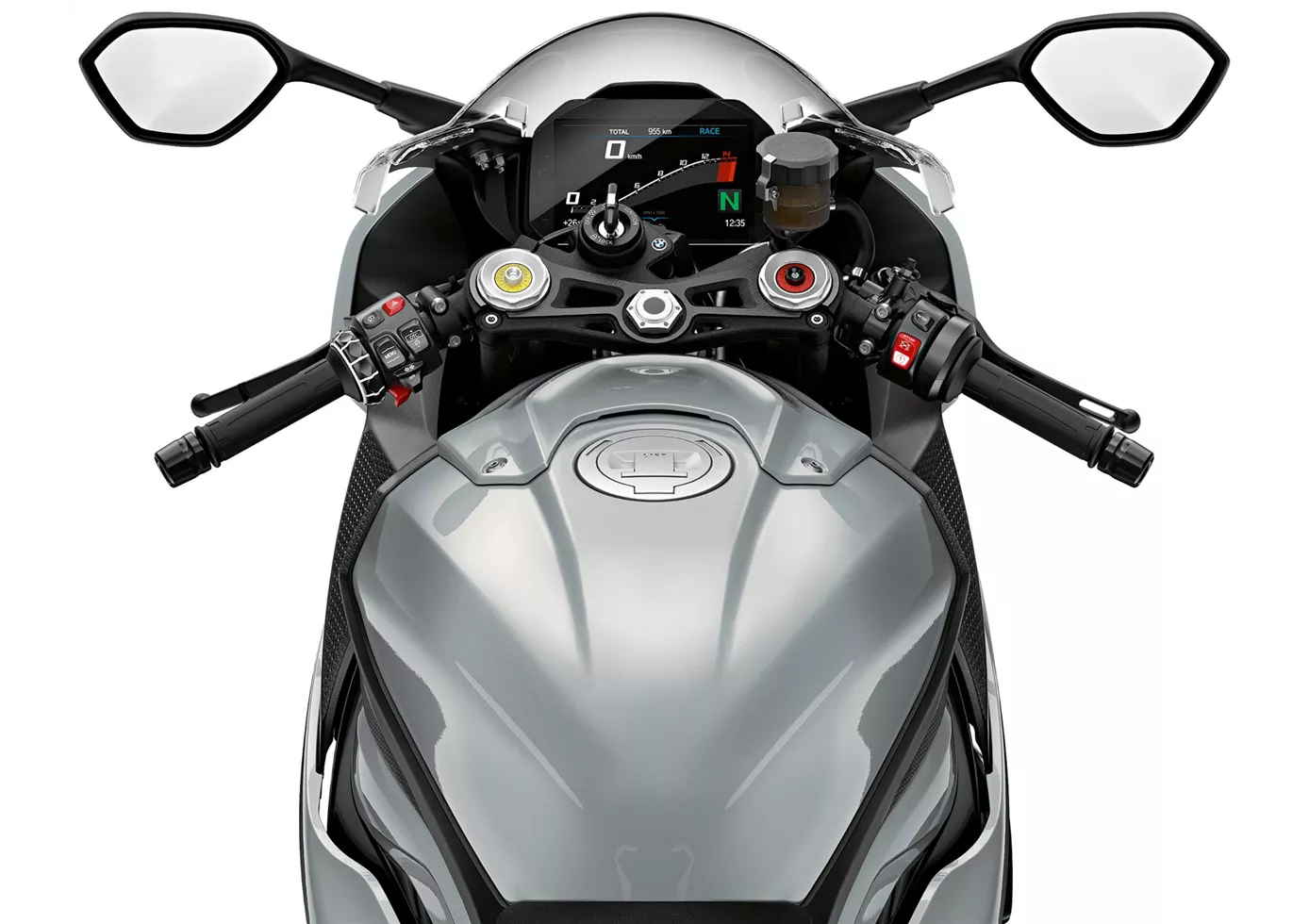
Skutečný "univerzální" superbike. BMW umí využít své přednosti jak na závodním okruhu, tak na venkovské silnici. Díky variabilní regulaci vačkového hřídele je výkonný motor přesvědčivý už ve spodní části a harmonicky zrychluje v celém rozsahu otáček s dostatkem výkonu v každém pásmu. Pro hobby pilota podvozek jistě funguje výborně v každé situaci, poskytuje transparentní zpětnou vazbu a nabízí mnoho možností nastavení. Poloha sedadla je sportovní a přitom relativně pohodlná. Elektronika pracuje velmi harmonicky, aniž by se nad jezdcem povyšovala - TOP!
Suzuki GSX-R 1000 2017

Suzuki odvedla s modelem GSX-R 1000 2017 skvělou práci. Super silný motocykl s báječně plynulou křivkou točivého momentu. Vlastně neuvěřitelných 202 koní! Podvozek je velmi kvalitní a balíček elektroniky nemá žádné pozlátko, ale podává špičkový výkon.
Srovnání cen průměrná tržní cena BMW S 1000 RR vs Suzuki GSX-R 1000
There are a few key differences between a BMW S 1000 RR 2020 and a Suzuki GSX-R 1000 2017. There are the same number of bikes of both models available on the 1000PS.de marketplace, specifically 16. It takes less time to sell a BMW S 1000 RR with 68 days compared to 121 days for a Suzuki GSX-R 1000. Since model year 2010 1000PS.de editors have written 135 reviews for the BMW S 1000 RR and 71 reviews for the Suzuki GSX-R 1000 since model year 2005. The first review for the BMW S 1000 RR was published on 4/16/2008 and now has more than 4,000 views. This compares to more than 7,100 views for the first review on Suzuki GSX-R 1000 published on 3/3/2004.
